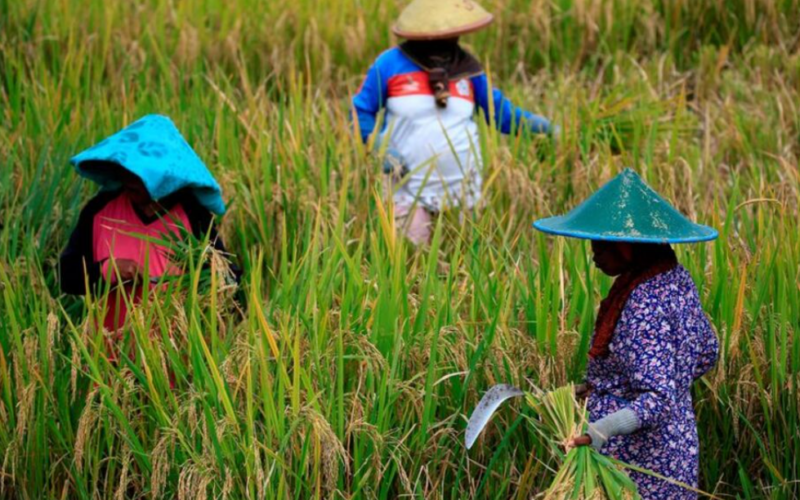Indonesia’s meteorological agency has projected a less severe dry season this year compared to the conditions experienced in 2023, offering improved prospects for forest fire management and crop cultivation, the agency announced on Friday.
Last year’s dry season, exacerbated by an El Nino weather phenomenon of extended duration, resulted in significant challenges for agriculture and forest management. The prolonged drought adversely affected crops and intensified forest fires, with over 1.16 million hectares of forests burned – the highest since 2019.
Deputy of Climatology at Indonesia’s weather agency BMKG, Ardhasena Sopaheluwakan, stated that this year’s dry season is expected to be less intense than the previous year, thereby reducing the severity of forest fires. However, he emphasized the importance of remaining vigilant, particularly in provinces with peatlands, which are historically prone to such incidents.
Provinces such as Riau, South Sumatra, Lampung, Jambi, and South and Central Kalimantan are identified as high-risk areas for forest fires, notably due to the presence of extensive palm oil plantations.
According to BMKG’s head, Dwikorita Karnawati, the dry season is anticipated to commence later than usual, primarily in May and June for Java, Borneo, and Sulawesi, reaching its peak in July-August. Subsequently, from September onwards, the weather is expected to be influenced by a weak La Nina weather pattern, typically associated with increased rainfall across the archipelago.
The lingering effects of last year’s El Nino pattern continued into 2024, leading to delays in planting and affecting early-year rice harvests. However, authorities remain optimistic about the recovery of food production later in the year.
Despite the forecast of a milder dry season, certain regions in Sumatra and Java are currently grappling with floods triggered by heavy rainfall. Recent flooding incidents in West Sumatra resulted in casualties and displacements, underscoring the dynamic and diverse climatic challenges faced by Indonesia.








